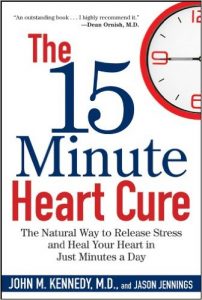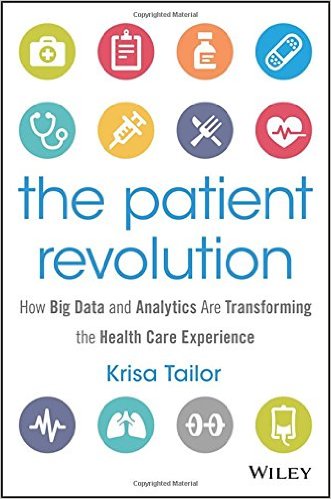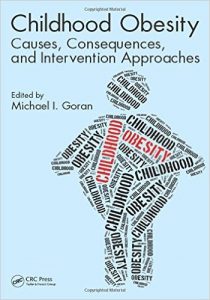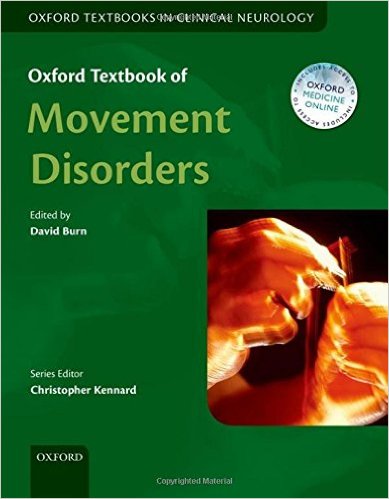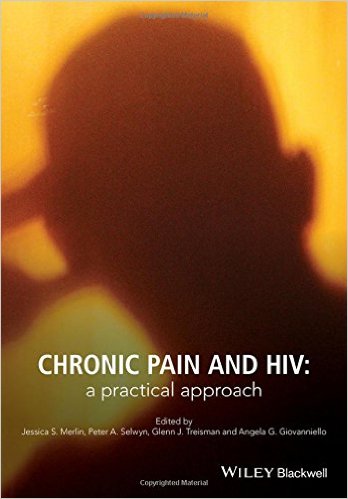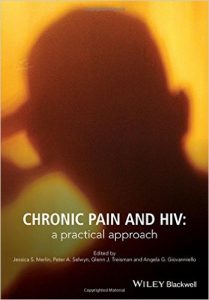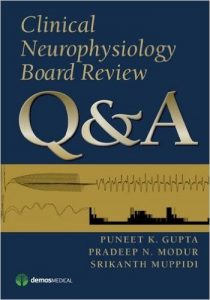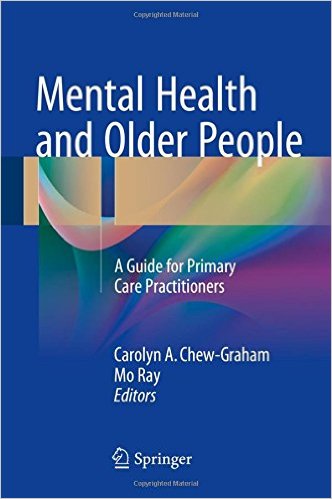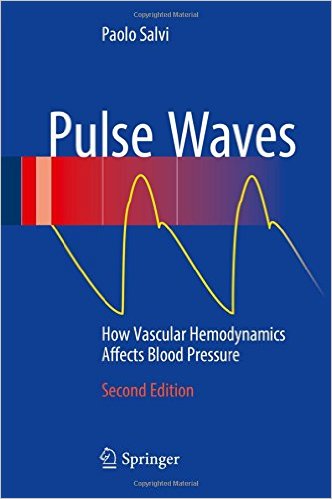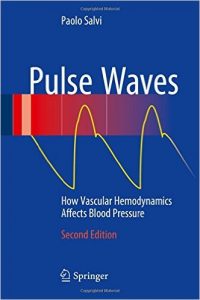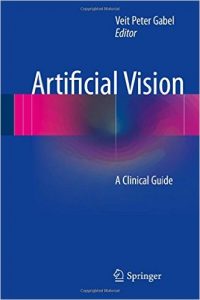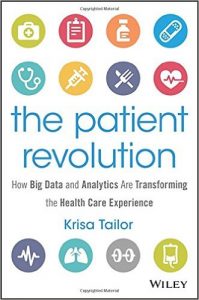
[amazon template=iframe image2&asin=111913000X]
In The Patient Revolution, author Krisa Tailor a noted expert in health care innovation and management explores, through the lens of design thinking, how information technology will take health care into the experience economy. In the experience economy, patients will shift to being empowered consumers who are active participants in their own care. Tailor explores this shift by creating a vision for a newly designed health care system that′s focused on both sickness and wellness, and is driven by data and analytics. The new system seamlessly integrates health into our daily lives, and delivers care so uniquely personalized that no two people are provided identical treatments. Connected through data, everyone across the health care ecosystem, including clinicians, insurers, and researchers, will be able to meet individuals wherever they are in their health journey to reach the ultimate goal of keeping people healthy.
The patient revolution has just begun and an exciting journey awaits us.
Praise for the patient revolution
“A full 50% of the US population has at least one chronic disease that requires ongoing monitoring and treatment. Our current health care system is woefully inadequate in providing these individuals with the treatment and support they need. This disparity can only be addressed through empowering patients to better care for themselves and giving providers better tools to care for their patients. Both of those solutions will require the development and application of novel technologies. In Krisa Tailor′s book The Patient Revolution, a blueprint is articulated for how this could be achieved, culminating in a vision for a learning health system within 10 years.”
Ricky Bloomfield, MD, Director, Mobile Technology Strategy; Assistant Professor, Duke Medicine
“In The Patient Revolution, Krisa Tailor astutely points out that 80% of health is impacted by factors outside of the health care system. Amazon unfortunately knows more about our patients than we do. The prescriptive analytics she describes will allow health care providers to use big data to optimize interventions at the level of the individual patient. The use of analytics will allow providers to improve quality, shape care coordination, and contain costs. Advanced analytics will lead to personalized care and ultimately empowered patients!”
Linda Butler, MD, Vice President of Medical Affairs/Chief Medical Officer/Chief Medical Information Officer, Rex Healthcare
“The Patient Revolution provides a practical roadmap on how the industry can capture value by making health and care more personalized, anticipatory, and intuitive to patient needs.”
Ash Damle, CEO, Lumiata
“Excellent read. For me, health care represents a unique economy one focused on technology, but requiring a deep understanding of humanity. Ms. Tailor begins the exploration of how we provide care via the concepts of design thinking, asking how we might redesign care with an eye toward changing the experience. She does an excellent job deconstructing this from the patient experience. I look forward to a hopeful follow–up directed at changing the provider culture.”
Alan Pitt, MD, Chief Medical Officer, Avizia
“Whether you′re a health care provider looking to gain an understanding of the health care landscape, a health data scientist, or a seasoned business pro, you′ll come away with a deeper, nuanced understanding of today′s evolving health care system with this book. Krisa Tailor ties together in a comprehensive, unique way the worlds of health care administration, clinical practice, design thinking, and business strategy and innovation.”
DOWNLOAD THIS BOOK FREE HERE
http://upsto.re/v9g8Sfo

